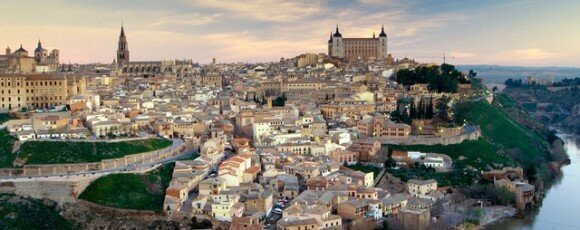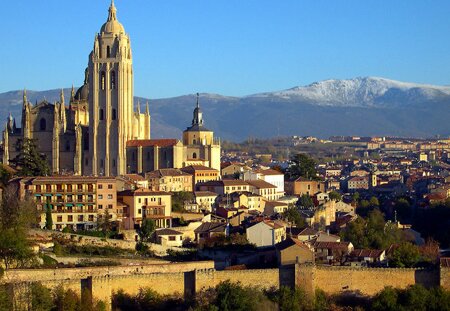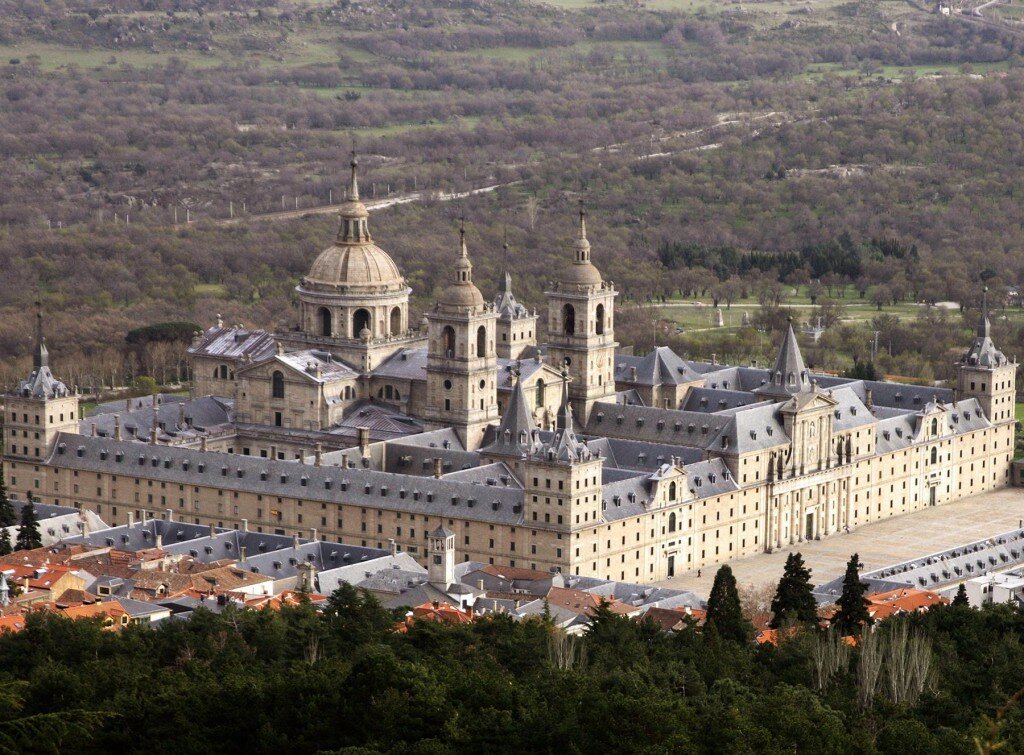
Discover the surroundings of Madrid
With so much to do in Madrid Capital, we sometimes forget the gems that surround the city, where there is also a lot to be discovered
Just south of Madrid you can find Toledo, known as the city of three cultures for having been populated for many centuries by Christians, Jews and Arabs. With a history that goes as far back as the Bronze Age, each and every corner of Toledo has a story to tell. The best thing to do is getting lost in the meandering streets. A good route is from the Alcántara Bridge all the way across the city, until the San Martín Bridge. You will see synagogues, churches and mosques all in a row. Also, pass by the Plaza de Zocodover where the market is now held (and where “witches” once got burned), then go up the Alcázar and enjoy the view, enter the museum Casa de El Greco, where some of the painter’s most important works are and finally, look back and see how the river Tajo embraces the city.
Ávila gets its name from the tribes that once populated it, thousands of years ago, being first called Óbila by the pre-Roman Vettones. As in most Spanish cities, the religious influence is notorious, which makes Ávila’s cathedral all the more impressive. Built between the 12th and 15th century, this icon also had a military function, as it has a fortified entrance. The medieval city wall has a perimeter of approximately 2,516 metres, an average height of 12 metres, and 9 doors! You can walk around a great part of the wall, and the best views of the city are definitely up there. And of course, don’t forget to try some of the traditional dishes like the Judías del Barco or the Yemas de Santa Teresa. Make sure to bring warm clothes if you visit in the winter time it can get pretty cold out there!
90 kms north of Madrid, or in other words, a half an hour train ride away, is the capital of Castilla y Léon: Segovia. Its centric location made Segovia an important stopover in the nomadic trading routes, making the city become very prosperous in the Middle Ages. A good reflection of this is the rich architecture of the historic buildings, which allowed for Segovia to be declared a world heritage site by UNESCO. Among these historic buildings is actually one of the Iberian Peninsula’s most important works left by the Romans, the almost 1km long aqueduct! Built between the 1st and 2nd Century, about 25,000 blocks of granite were used, and its highest point reaches 29 metres. The aqueduct actually provided water to the city until not long ago. Another very important landmark in Segovia is the Alcázar, or royal palace, which sits on a rock between two rivers. It looks even a bit like a castle from a Walt Disney movie. If you enjoy eating, try out the cochinillo (suckling pig), a taste that resembles no other, especially if accompanied by a good regional wine.
Arriving at El Escorial is by itself fascinating. Imagine leaving the hustle and bustle of Madrid, and only 50 minutes later, being surrounded by nature and renaissance architecture at its best. Once the Spanish Royal Family’s home, the Real Sitio de San Lorenzo de El Escorial is now also declared a world heritage site by UNESCO. It sits on Monte Abantos at 1,028 metres of altitude, occupying no less than an area of 33,327m2. Even though the Real Sitio is most commonly known as the Monasterio de El Escorial, it actually comprises not only a monastery, but a palace and a basilica as well. Among libraries, important paintings such as El Greco, Luca Gioradno, sculptures, an architecture museum, and many other things, there is much to see and do. With such beautiful surroundings, El Escorial is also a great place to go hiking and do other outdoor sports.






